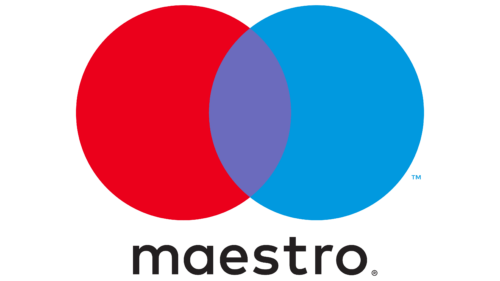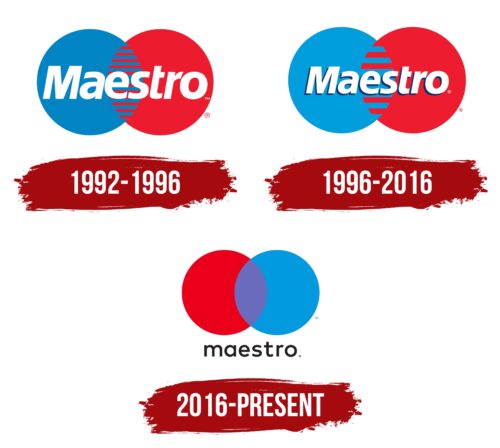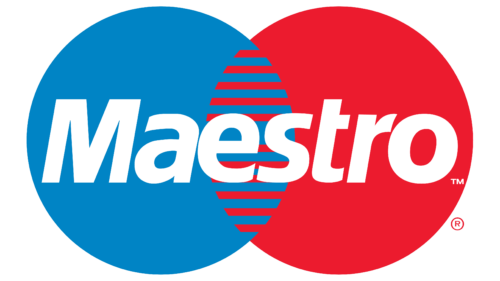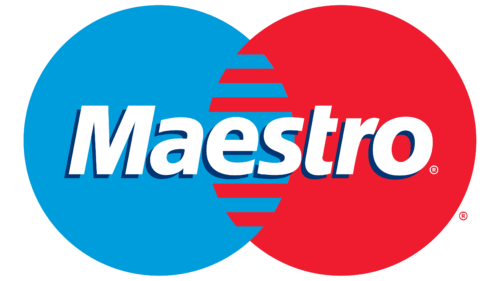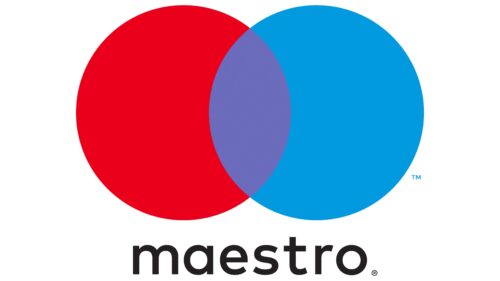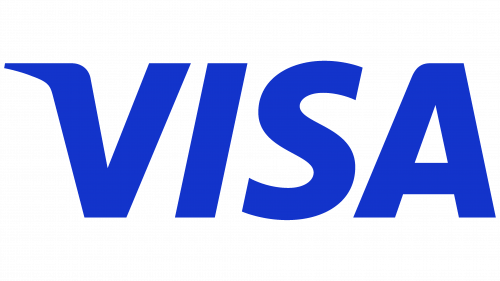Maestro: Brand overview
| Founded: | 1992 |
| Founder: | Mastercard Inc. |
| Headquarters: | United States |
| Website: | mastercard.com |
Meaning and History
What is Maestro?
This is a debit payment system owned by Mastercard. The cards allow customers to make payments and withdraw cash at ATMs worldwide, where the system’s cards are accepted. The main feature of these cards is that all transactions are made directly from the customer’s bank account, so transactions are processed instantly. This means that no credit limit is required, unlike credit cards. These cards are widely used in Europe and many Latin American countries and are accepted by millions of merchants and ATMs. Additionally, they offer high security through a chip and PIN code.
1992 – 1996
1996 – 2016
2016 – today
Maestro color codes
| Lust | Hex color: | #eb001b |
|---|---|---|
| RGB: | 235 0 27 | |
| CMYK: | 0 100 89 8 | |
| Pantone: | PMS Bright Red C |
| Slate Blue | Hex color: | #6b6bbd |
|---|---|---|
| RGB: | 107 107 189 | |
| CMYK: | 43 43 0 26 | |
| Pantone: | PMS 272 C |
| Rich Electric Blue | Hex color: | #0199df |
|---|---|---|
| RGB: | 1 153 223 | |
| CMYK: | 100 31 0 13 | |
| Pantone: | PMS Process Blue C |
| Raisin Black | Hex color: | #231f20 |
|---|---|---|
| RGB: | 35 31 32 | |
| CMYK: | 0 11 9 86 | |
| Pantone: | PMS Neutral Black C |
